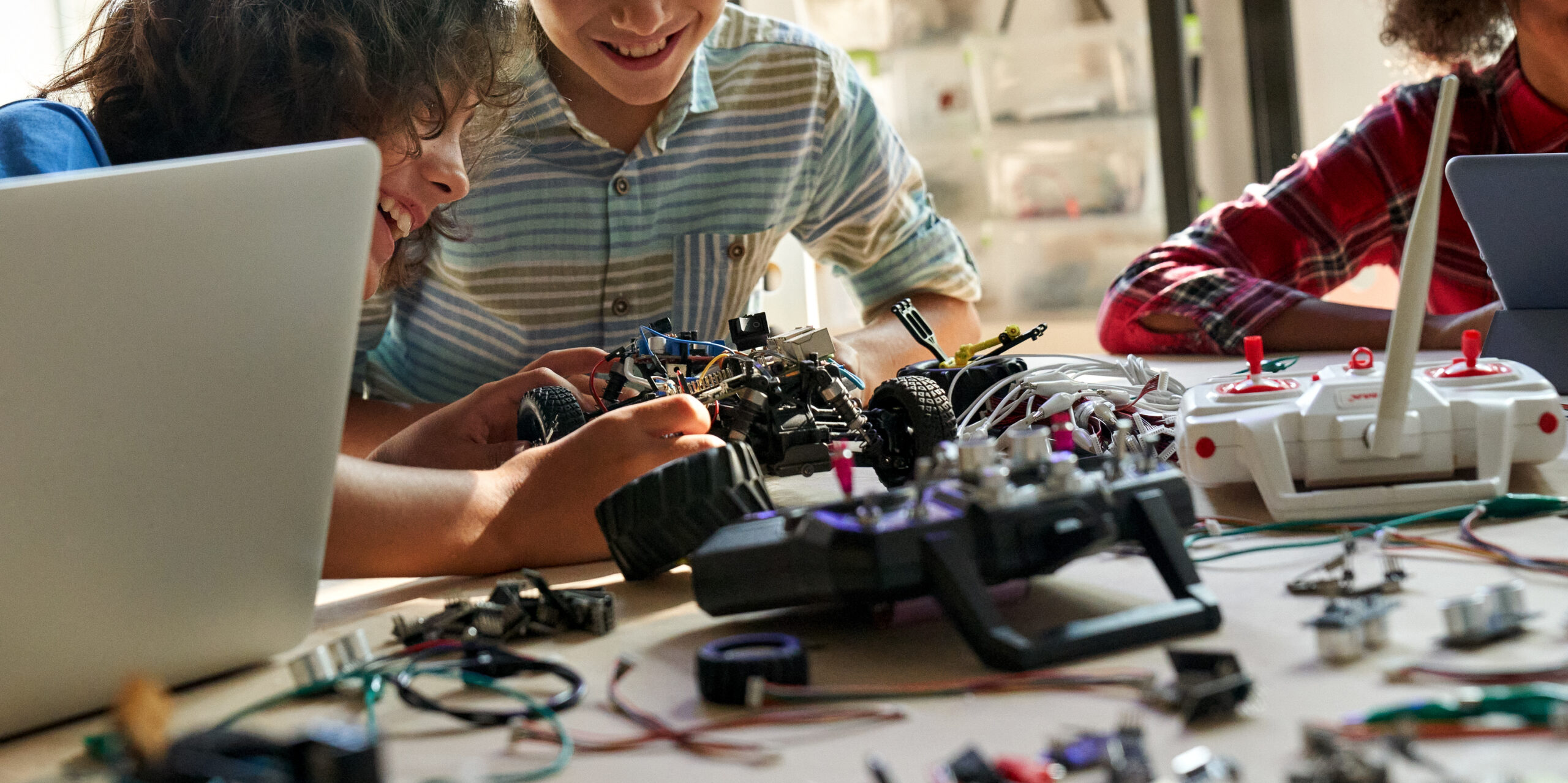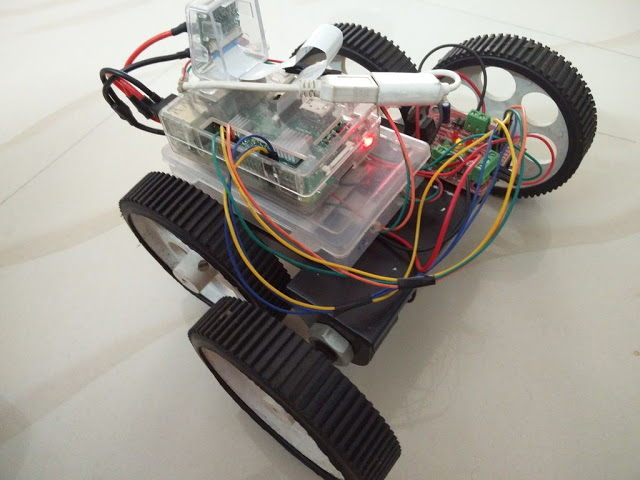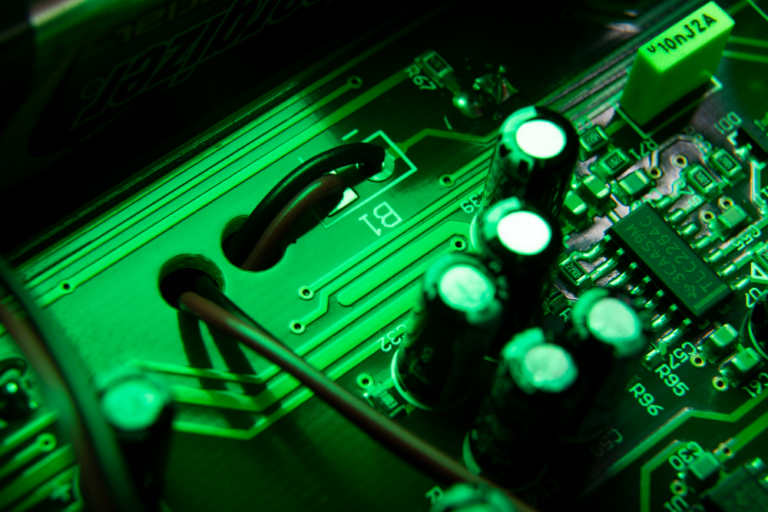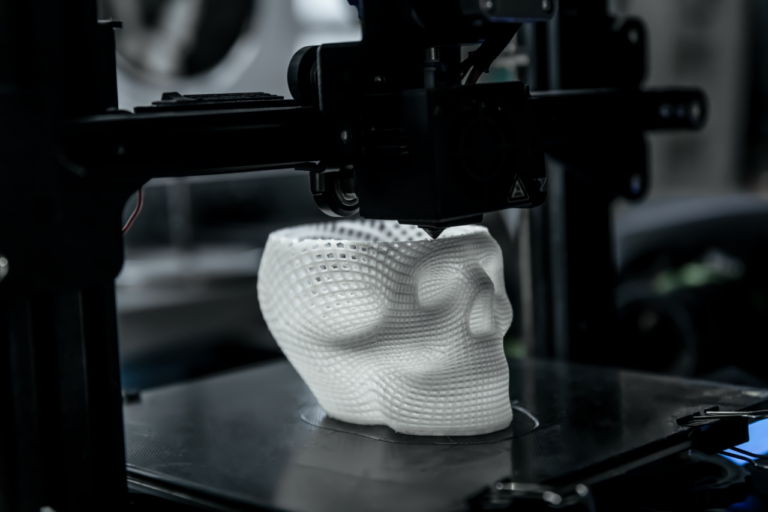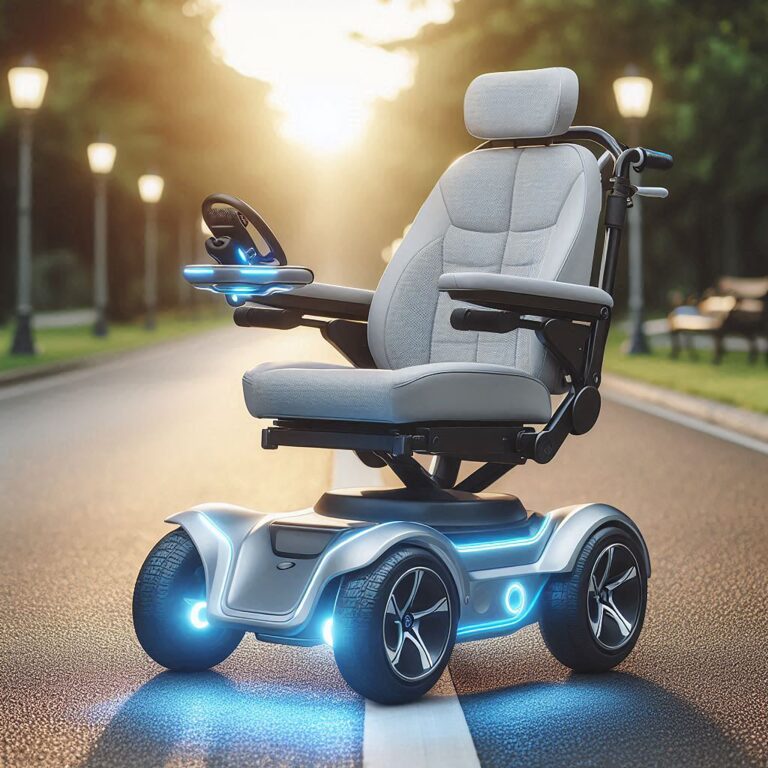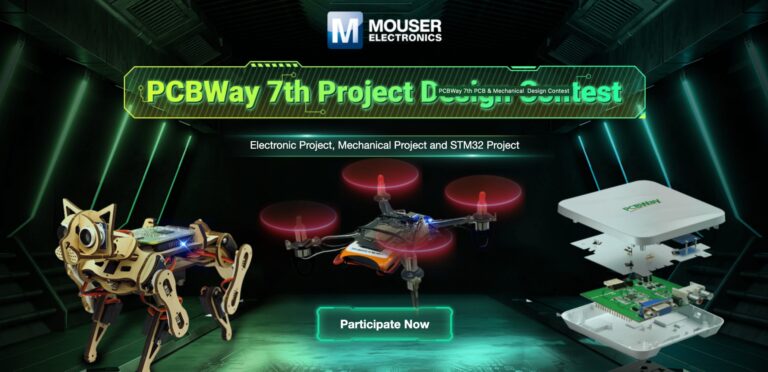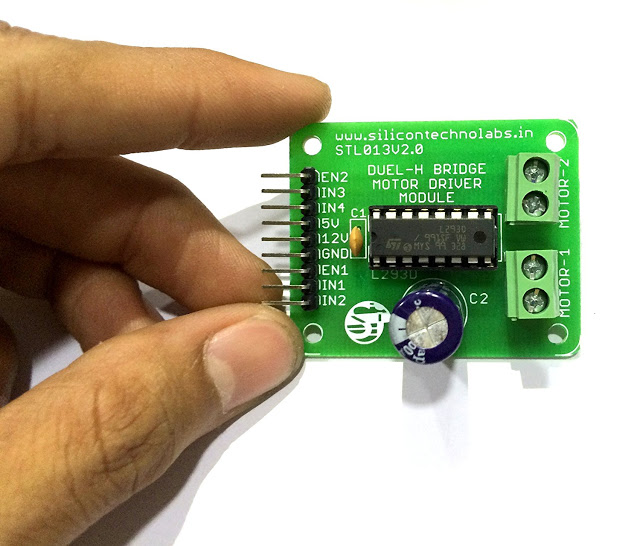The Electronics Career Blueprint: What You Need to Learn and Do
A Career in Electronics
Starting a career in electronics is an exciting and rewarding journey that blends creativity, technical skills, and problem-solving. Whether you’re designing circuits for everyday devices or working on cutting-edge technologies like robotics and IoT, electronics offers a world of possibilities. As someone who’s been deeply involved in this field, I can tell you that the journey from a beginner to a skilled professional in electronics is filled with constant learning and experimentation. It’s a field that pushes you to not only understand how things work but to make them work—and that’s where the real fun begins!

Here, I’ll walk you through the essential steps for starting your career in electronics, covering the core concepts, practical skills, and tools you’ll need. I’ll share the knowledge and techniques that have helped me and countless others progress from understanding basic concepts to working on complex, real-world projects. Along the way, I’ll break down the key courses, skills, and certifications you need, whether you’re just starting or looking to deepen your expertise. So, whether you’re a curious student, a hobbyist, or someone looking to build a career in the vast world of electronics, this guide will serve as your roadmap to success. Let’s get started!
Understand the Basics of Electronics
If you’re just starting in electronics, the best thing you can do is get familiar with the fundamentals. Imagine you’re building a house—if you don’t understand the basic principles like how electricity flows, everything you build will be unstable. Ohm’s Law (Voltage = Current × Resistance) is your first tool, like a rulebook that governs how electrical components interact. Kirchhoff’s Laws help you analyze circuits by looking at how current and voltage behave at different points.
Hands-on experience is crucial. Start building simple circuits on a breadboard. Start small, like connecting a battery to an LED. You’ll quickly understand how current flows, how resistors limit that flow, and how you can manipulate circuits to control things. The best way to learn is by doing, so experiment with resistors, capacitors, and diodes. Try to build a simple flashing LED circuit—this will teach you the magic of resistors and the importance of timing.
Study Electronics Theory and Practical Skills
Electronics is all about learning theory and applying it. So, once you understand the basics, it’s time to dive deeper. Topics like AC vs. DC, semiconductors, and analog vs. digital signals will pop up, and they’re all super important. Understanding how different components interact at a molecular level makes a huge difference when you’re designing complex systems.
Practice is key here. Take a simple circuit and challenge yourself to modify it—change a resistor value, add a capacitor, or swap a diode. This hands-on tinkering helps internalize the theory. A practical experiment I did early on was to build a RC (Resistor-Capacitor) circuit to see how capacitors store charge and how the resistance controls the time it takes to charge or discharge. It was mind-blowing to actually see a capacitor’s effect!
Learn to Use Electronics Tools
In electronics, tools aren’t just for building—they help you measure, debug, and test your circuits. The multimeter is your best friend. It’s like a Swiss Army knife for electronics—measuring voltage, current, resistance, and continuity. I remember my first multimeter test—checking a simple 9V battery’s voltage and realizing I could check so many other things. Start by using the multimeter on different components, like resistors, capacitors, and transistors, to check their values.
Oscilloscopes are another must-have tool, especially if you want to analyze how your circuits behave over time. This is where things get fun—you can see waveforms and analyze the signals traveling through your circuit. Trust me, seeing a sine wave or a square wave on an oscilloscope for the first time feels like you’re in the heart of electronics. The key here is to play around with different signals and measure them using these tools.
Gain Knowledge in Programming and Microcontrollers
In today’s world, electronics and software go hand in hand. The coolest projects—robots, smart devices, home automation—all require programming. I didn’t realize how essential microcontrollers would be until I started making my own robots. Microcontrollers like Arduino or ESP32 are small, powerful computers that control everything from blinking LEDs to handling sensors and motors.

Programming microcontrollers opens up a whole new world. I learned C and Python as my starting languages. The first program I wrote was a simple “blink an LED every second,” and it was satisfying to see my circuit come to life through code. Integration is the key here—once you get the hang of programming, you’ll start connecting your code to hardware and building more complex systems. My next step after blinking LEDs was working with servo motors, and it was a game-changer for robotics.
Build Personal Projects
Once you’ve got the basics under your belt, the best way to grow is by working on personal projects. This is where the magic happens. The thrill of seeing your ideas come to life is unmatched. I started with a basic light-sensitive circuit that turned on an LED when it got dark. Simple, but it taught me about photodiodes and transistors.
As you grow, start combining things. Maybe an automated plant watering system where sensors monitor moisture levels, and a microcontroller decides when to water the plants. The best part? Troubleshooting. The errors you’ll encounter teach you problem-solving skills and deepen your understanding. And don’t be afraid to make mistakes—every error brings a lesson. I’ve had my fair share of blown circuits, but it was all worth it to learn how to design and debug.
Stay Up-to-Date with Industry Trends
Electronics never stands still. New technologies like IoT (Internet of Things), AI in electronics, and wearable devices are changing the landscape every day. Staying updated is important to keep up with what’s coming next. I started focusing on IoT and realized how easy it was to connect devices to the internet. Imagine a sensor that tracks temperature and uploads the data to a cloud-based platform—this is the future!
The industry also keeps evolving with new materials like graphene, which is set to revolutionize everything from batteries to circuits. The best way to stay informed is by following blogs, joining forums, and attending local meetups. By being part of the community, you’ll gain insights into cutting-edge technologies that are shaping the future.
Networking and Mentorship
Electronics can sometimes feel like a solo journey, but networking and finding a mentor can really fast-track your learning. Finding a mentor—someone who’s been through the struggles and successes of electronics—can provide invaluable guidance. I’ve had mentors who helped me navigate tough problems in projects and gave me advice on career growth.
Additionally, being part of an online community or local maker space opens you to feedback and collaboration. Joining hackathons or maker fairs is a great way to meet like-minded individuals, share ideas, and build something amazing together. These experiences broaden your perspective and teach you the importance of teamwork in engineering projects.
Build a Strong Portfolio
Your portfolio is your showcase—it’s a collection of everything you’ve built, tested, and innovated. From simple circuits to complex systems, documenting your work is essential. I created a personal website where I uploaded all my projects, from basic circuit designs to detailed robotics tutorials. This was not only a way to keep track of my progress but also a tool for sharing my work with potential employers or collaborators.

Your portfolio doesn’t just include the finished projects; it also highlights your problem-solving skills. When you face issues in a project, documenting the process of how you solve them shows your troubleshooting abilities and your understanding of design.
Look for Internships and Job Opportunities
Once you’ve built up your knowledge and portfolio, it’s time to step into the professional world. Internships will help to a greater extent to obtain real-world experience. I did a summer internship in an embedded systems company, and it was eye-opening. I was able to work with real-world designs and interact with senior engineers who showed me the ins and outs of the industry.
Freelancing or taking on small projects also helps you get a feel for how electronics work in a business context. Start building your portfolio by documenting your projects and showcasing your skills—this helps potential employers or clients see your abilities.
Gain Certifications
While experience is crucial, certifications are a way to formally validate your skills. This could be in areas like PCB design, embedded systems, or networking. These certifications not only make you more marketable but also teach you industry best practices.
After completing a few projects, I decided to get certified in embedded systems, which helped me gain deeper insights into microcontroller programming and hardware design. Certifications also open doors to specialized job roles, like working on automated systems or robotics, which require specialized knowledge that goes beyond basic electronics.
Prepare for Career Growth
Electronics is a field that demands continuous learning. As you gain experience, you might want to specialize in a particular area like RF (Radio Frequency), power electronics, or digital signal processing. I started exploring robotics, and it led me to a new career path that combined both hardware and software.
To level up, you might consider advanced degrees or research opportunities in specialized fields. The world of electronics is vast, and each new project is an opportunity to learn and grow. One of the most exciting things about electronics is how quickly things evolve, so there’s always something new to learn and master. With expertise in these areas, you can pursue multiple career paths in electronics:
- Embedded Systems Engineer – Writing firmware for microcontrollers and IoT devices.
- PCB Designer – Creating optimized PCB layouts for industrial and consumer electronics.
- Robotics Engineer – Developing motion control systems and autonomous machines.
- Power Electronics Engineer – Working on energy-efficient circuits, battery management, and motor control.
- IoT Engineer – Designing smart, connected devices with cloud integration.
- RF Engineer – Specializing in wireless communication, antenna design, and SDR applications.
Essential, Basic and Advanced Courses and Skill Sets
Basic Courses & Skills
- Core Knowledge: The fundamentals of electricity, resistors, capacitors, and basic circuit theory form the foundation. Learn to solder, read circuit diagrams, and use a multimeter.
- How to Learn: Start small. Build simple circuits on a breadboard and experiment with basic components. Hands-on practice helps you internalize theoretical knowledge and gives you a solid base.
Intermediate Courses & Skills
- Microcontrollers: Learn programming languages like C and Python. Get comfortable with Arduino, Raspberry Pi, and ESP32.
- PCB Design: Dive into designing and fabricating Printed Circuit Boards (PCBs). This is where you start seeing your projects come to life in a professional way.
- How to Learn: Work on integrating microcontrollers with sensors and motors. Build projects like robots, smart home devices, or automation systems.
Advanced Courses & Skills
- Advanced Signal Processing: Topics like digital signal processing (DSP) and analog-to-digital conversion are crucial if you’re working with audio, video, or communications systems.
- Robotics and AI: Combine electronics with AI, machine learning, or robotics. Understand how to build autonomous systems.
- How to Learn: Push the boundaries with interdisciplinary projects. Build systems that combine hardware, software, and AI, or work on research-focused projects to further specialize in a niche area.
Advanced Topics and Specializations in Electronics
Once you have mastered the fundamentals of electronics, it’s time to explore advanced topics that can shape your career. Whether you’re interested in embedded systems, power electronics, or RF communication, deep diving into these areas will allow you to build innovative projects and solve real-world engineering challenges.

Embedded Systems Development
Embedded systems form the backbone of modern electronics, from simple smart home devices to complex industrial automation systems. To become proficient, you must move beyond Arduino and explore more powerful microcontrollers and real-time operating systems (RTOS).
Key Concepts to Master
RTOS & Microcontroller Architectures: Unlike basic firmware where tasks execute sequentially, RTOS allows real-time scheduling of multiple tasks with precise timing. Platforms like FreeRTOS and ZephyrOS are great starting points.
- Microcontroller Families: Learn to program microcontrollers like STM32 (ARM Cortex-M), PIC (Microchip), and ESP32 (Wi-Fi + Bluetooth). Each has unique features tailored for different applications.
- Communication Protocols: Master protocols like SPI, I2C, UART, and CAN bus to facilitate device-to-device communication.
- Low-Power Design: Essential for battery-powered IoT devices, focusing on sleep modes, efficient power management, and energy harvesting.
Practical Learning Path
- Build a real-time data logger using STM32 and an SD card.
- Design an IoT sensor node using ESP32 with MQTT for cloud communication.
- Work on a CAN bus-based automotive diagnostic tool.
Power Electronics and Motor Control
Power electronics plays a critical role in robotics, electric vehicles, and industrial automation. Understanding how to control power efficiently will allow you to design better motor drivers, power supplies, and energy systems.
Key Concepts to Master
- DC-DC Converters: Buck, boost, and buck-boost converters are essential for voltage regulation in embedded systems.
- H-Bridge Circuits & PWM Control: These are crucial for controlling DC motors efficiently in robotics.
- Battery Management Systems (BMS): Learn about lithium-ion battery protection, charge balancing, and safety circuits.
- Stepper & Servo Motor Control: Used in precise motion control applications, such as CNC machines and robotic arms.
Practical Learning Path
- Design a custom motor driver PCB for a robotic arm.
- Build a battery-powered system with a solar charging circuit.
- Implement PID control for a servo motor in an automation project.
RF and Wireless Communication
Wireless technology is essential for modern electronics, from Bluetooth headphones to IoT applications. Learning RF design will allow you to build devices that communicate seamlessly over long and short distances.
Key Concepts to Master
- Wireless Protocols: Understand Bluetooth, Wi-Fi, Zigbee, and LoRa, and their use cases.
- Antenna Design: Essential for optimizing wireless range and efficiency.
- Software-Defined Radio (SDR): Allows experimentation with various wireless protocols and real-time signal analysis.
- Spectrum Analysis: Learn to debug and optimize wireless signals using a spectrum analyzer.
Practical Learning Path
- Develop a LoRa-based long-range communication system for remote monitoring.
- Experiment with RFID and NFC for access control applications.
- Build a custom Bluetooth Low Energy (BLE) device with an ESP32.
Contribution of PCBWay in Electronics Learning
Moving from breadboards to professional PCBs is a crucial step in your electronics journey. PCBWay provides high-quality PCB manufacturing services, making it easier to bring your designs to life.

By using PCBWay, you can turn theoretical knowledge into practical skills, working on industry-standard PCB designs from the start.
High-Quality PCB Prototyping
- Affordable PCB manufacturing with fast turnaround times.
- Supports multilayer PCB designs for advanced circuits.
- Precise fabrication ensures high reliability for complex designs.
Assembly and Manufacturing Services
- Offers SMD and through-hole soldering for professional-grade circuits.
- Helps engineers test their designs under real-world constraints.
- Ideal for startups and professionals looking to scale their hardware projects.
Open-Source PCB Community
- Access open-source PCB projects for learning and inspiration.
- PCBWay sponsors student competitions, encouraging innovation.
Reliable Fabrication for IoT and Robotics Projects
- Ensures good signal integrity and precise routing.
- Supports RF PCB designs for wireless applications.
Conclusion
I hope this detailed walkthrough gives you a sense of how to approach a career in electronics and provides a clear roadmap to developing your skills. As an enthusiast, I can tell you that the journey from a hobbyist to a professional is filled with learning, experimenting, and creating, and the possibilities are endless. Happy building!
